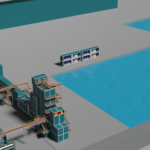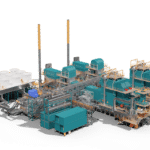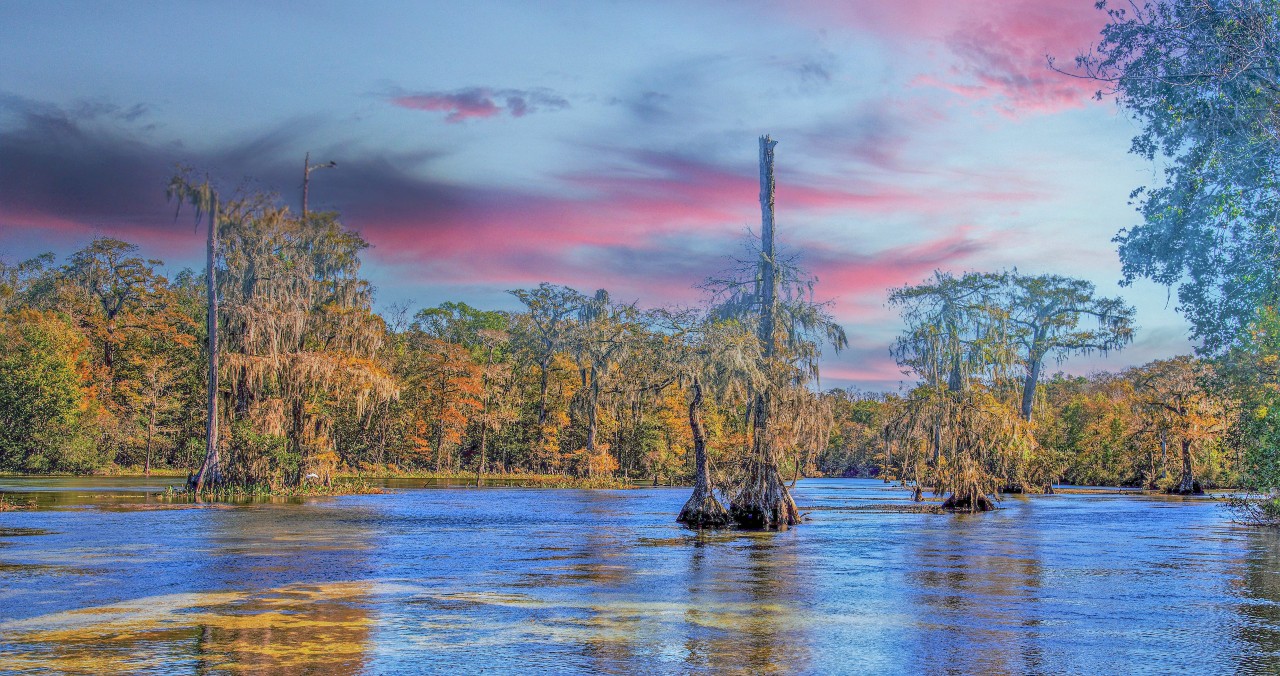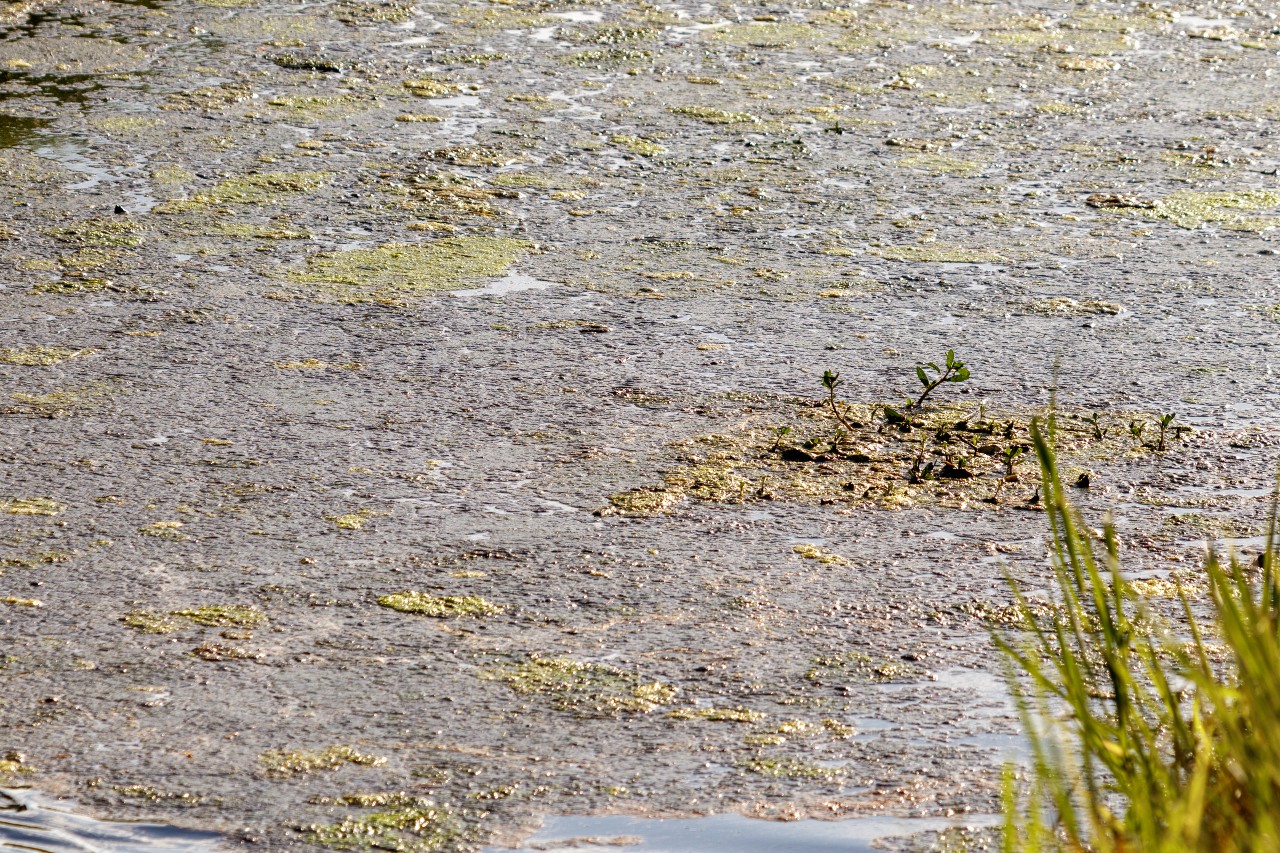Everglades National Park is the largest designated sub-tropical wilderness reserve on the North American continent. Its juncture at the interface of temperate and sub-tropical America, fresh and brackish water, shallow bays and deeper coastal waters creates a complex of habitats supporting a high diversity of flora and fauna. It contains the largest mangrove ecosystem in the Western Hemisphere, the largest continuous stand of sawgrass prairie and the most significant breeding ground for wading birds in North America.
This site at the southern tip of Florida has been called ‘a river of grass flowing imperceptibly from the hinterland into the sea’. The exceptional variety of its water habitats has made it a sanctuary for a large number of birds and reptiles, as well as for threatened species such as the manatee.
Florida’s mangroves have been forced into a hasty retreat by sea level rise and now face being drowned, imperiling coastal communities and the prized Everglades wetlands. Mangroves in south-east Florida have been on a “death march” inland as they edge away from the swelling ocean. They have now hit a manmade levee and are likely to be submerged in water within 30 years. Mangroves are made up of coastal vegetation that grows in salty or brackish water. They are considered crucial buffers to storms and salt water intrusion, as well as key habitats for certain marine creatures. Using aerial photographs, satellite imagery and sediment cores, researchers found that mangroves just south of Miami were migrating westwards over marshland at a rate of about 30m a year until they were halted by the L-31E levee, a flood barrier in Miami-Dade County, where they are now making their last stand.
Previous research has suggested the same phenomenon has happened in other parts of south Florida, making the region more vulnerable to storms, such as Hurricane Irma, which swept up Florida last year, and land loss as the sea rises further. Of particular concern is the future of the Everglades, the vast marsh, mangrove and pine flatwoods wilderness that provides a home to threatened species such as the manatee, American crocodile and Florida panther.
The Everglades, known as the “river of grass”, was long nourished by fresh water flowing slowly from marshes, lakes and rivers to the north. However, the ecosystem has shrunk by around half since a network of canals and dams were built over the past century to divert water for agriculture and to build homes. Swaths of the Everglades have been drained to accommodate a booming human population – more than 6 million people now live in south Florida.
A restoration plan to divert water back to the Everglades has been backed by Congress but the area now faces the existential problem of sea level rise, which is connected to climate change. The oceans are rising rapidly at the largely flat south Florida coastline, around three times faster than the global average. Salt water is entering the Everglades from the coast and from underground aquifers. We are at a tipping point. Sea level rise is reaching 20mm a year by mid-century and there’s no way our coastal habitats will keep pace with anything more than 10mm a year.
The wasteWOIMA® waste-to-energy power plant offers an alternative power generation solution to using fossil fuels. It simultaneously ensures that waste is recycled into energy efficiently, supports the local waste management practices and promotes climate action by preventing solid waste from generating methane, a greenhouse gas 25 times worse than CO2.
Read more about wasteWOIMA® power plant
Contact WOIMA, if you see yourself as collaboration partner in saving the planet. Ask more about turning waste into wellbeing with WOIMA Circular Economy Solutions.







